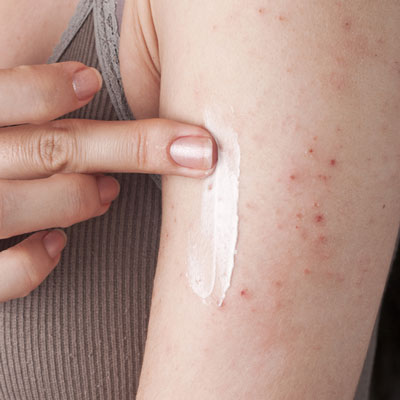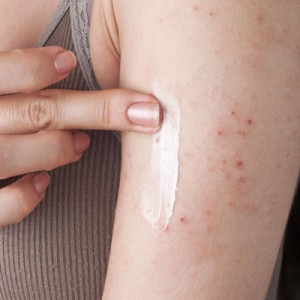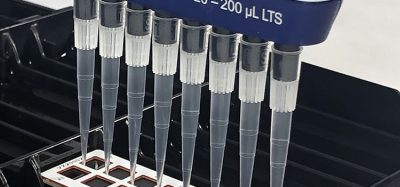Anacor’s crisaborole achieves primary and secondary endpoints in two Phase 3 studies in eczema
Posted: 13 July 2015 |
Anacor has announced positive preliminary top-line results from its two Phase 3 pivotal studies of crisaborole in atopic dermatitis (eczema)…


Anacor Pharmaceuticals has announced preliminary top-line results from its two Phase 3 pivotal studies of crisaborole topical ointment, a novel non-steroidal topical anti-inflammatory phosphodiesterase-4 (PDE-4) inhibitor in development for the potential treatment of mild-to-moderate atopic dermatitis (eczema) in children and adults.


In both studies, crisaborole achieved statistically significant results on all primary and secondary endpoints and demonstrated a safety profile consistent with previous studies.
“We are extremely pleased by the top-line results from our Phase 3 pivotal studies of crisaborole. We believe there is a significant unmet medical need for a novel non-steroidal topical anti-inflammatory treatment option for the patients who are affected by mild-to-moderate atopic dermatitis,” said Paul L. Berns, Chairman and Chief Executive Officer of Anacor. “We also want to extend a special thanks to the clinical investigators who conducted the studies and the patients and their families who volunteered to participate in our studies. We currently plan to file a New Drug Application for crisaborole in the first half of 2016 and, if approved, we believe crisaborole could offer an important treatment option for patients with mild-to-moderate atopic dermatitis.”
Atopic dermatitis, also known as atopic eczema, is a chronic rash characterised by inflammation and itching. Lesions of atopic dermatitis are commonly red, elevated and oozing patches and are often accompanied by pruritus (itching). The lesions’ lichenification, a thickening of the skin with exaggerated skin lines, is considered to be a hypertrophic response to chronic rubbing. Atopic dermatitis can persist into adulthood, but most commonly appears in childhood.
Anacor are also carrying out a long-term safety study to evaluate intermittent use of crisaborole for up to 12 months
Patients suffering with the condition often try multiple treatments to treat their atopic dermatitis, yet many are not satisfied with the effectiveness of their medications. Topical corticosteroids are broad anti-inflammatories, which if used inappropriately or for long periods of time may lead to local side effects including skin thinning, acne and stretch marks and systemic side effects, including HPA axis suppression.
“Mild-to-moderate atopic dermatitis, or eczema, is a chronic, life-altering inflammatory skin disease that can be a constant challenge for patients and family members. Based on the safety and efficacy profile demonstrated by crisaborole in these Phase 3 pivotal studies, crisaborole, if approved, could become a significant first-in-class treatment option for patients suffering from mild-to-moderate atopic dermatitis and the physicians who treat them,” said Amy Paller, M.D., Walter J. Hamlin Professor and Chair of Dermatology, Professor of Paediatrics, Northwestern University Feinberg School of Medicine.
“I’m impressed with the performance of crisaborole on the primary and secondary endpoints in these Phase 3 pivotal studies. Crisaborole represents an innovative non-steroidal topical anti-inflammatory and, if approved, has the potential to offer physicians and patients a new, important therapeutic choice for treating mild-to-moderate atopic dermatitis,” said Lawrence Eichenfield, M.D., Chief of Paediatric and Adolescent Dermatology at Rady Children’s Hospital, San Diego and a Professor of Dermatology and Paediatrics at the University of California, San Diego School of Medicine.
In addition to the Phase 3 pivotal studies, Anacor are conducting an open-label long-term safety study to evaluate the safety of intermittent use of crisaborole for up to 12 months. Results are expected by the end of 2015.








